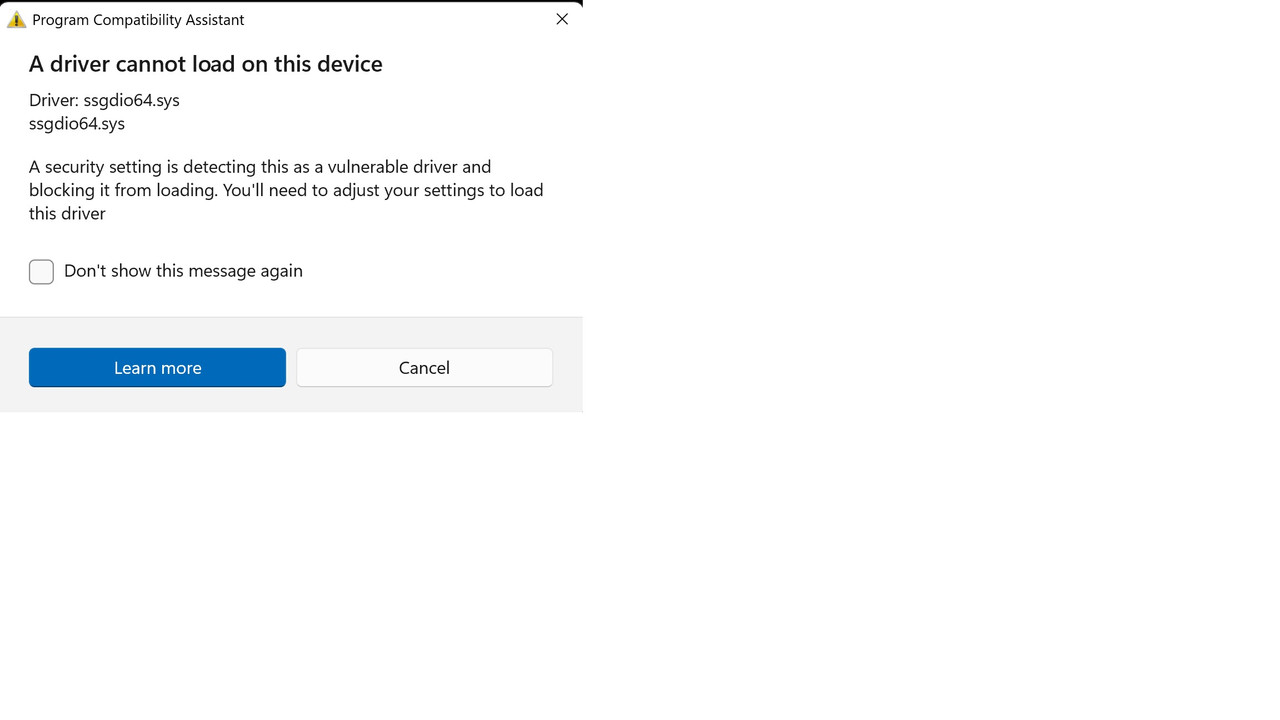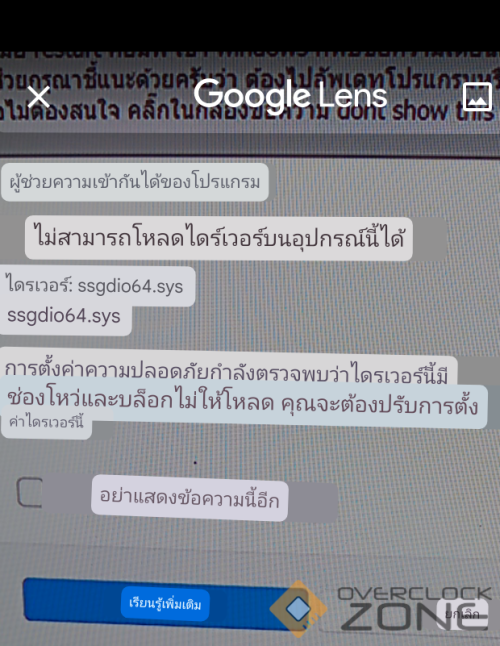ขอรบกวนผู้รู้ช่วยกรุณาชี้แนะด้วยครับ
เดิมใช้ win10pro และได้ลง win11pro จากตัวอัพเดทใน win10pro
แต่เมื่อ restart คอมพ์ เข้า windows ก็พบข้อความเตือนดังภาพ
ผู้รู้ช่วยกรุณาชี้แนะด้วยครับว่า ต้องไปอัพเดทโปรแกรมหรือตั้งค่าอะไรอย่างไร เพื่อแก้ปัญหาประเด็นนี้
หรือไม่ต้องสนใจ คลิ๊กในกล่องข้อความ dont show this message again ไปได้เลย

เดิมใช้ win10pro และได้ลง win11pro จากตัวอัพเดทใน win10pro
แต่เมื่อ restart คอมพ์ เข้า windows ก็พบข้อความเตือนดังภาพ
ผู้รู้ช่วยกรุณาชี้แนะด้วยครับว่า ต้องไปอัพเดทโปรแกรมหรือตั้งค่าอะไรอย่างไร เพื่อแก้ปัญหาประเด็นนี้
หรือไม่ต้องสนใจ คลิ๊กในกล่องข้อความ dont show this message again ไปได้เลย




Comment